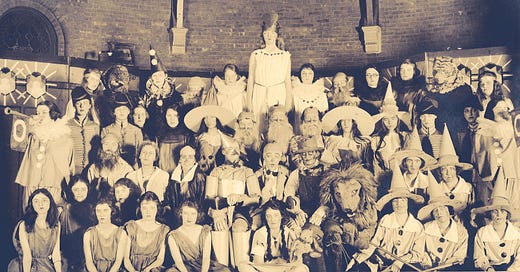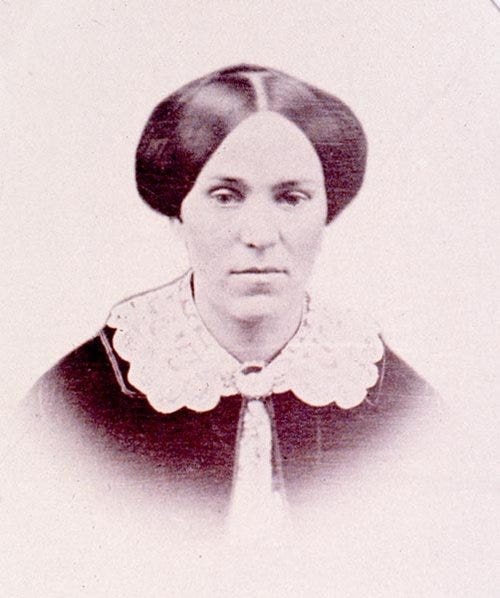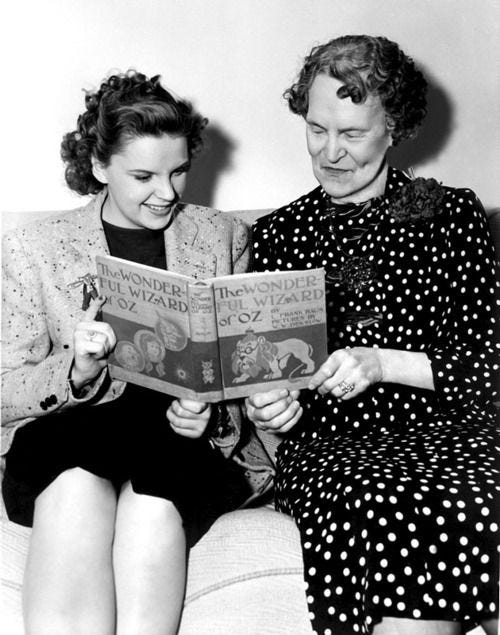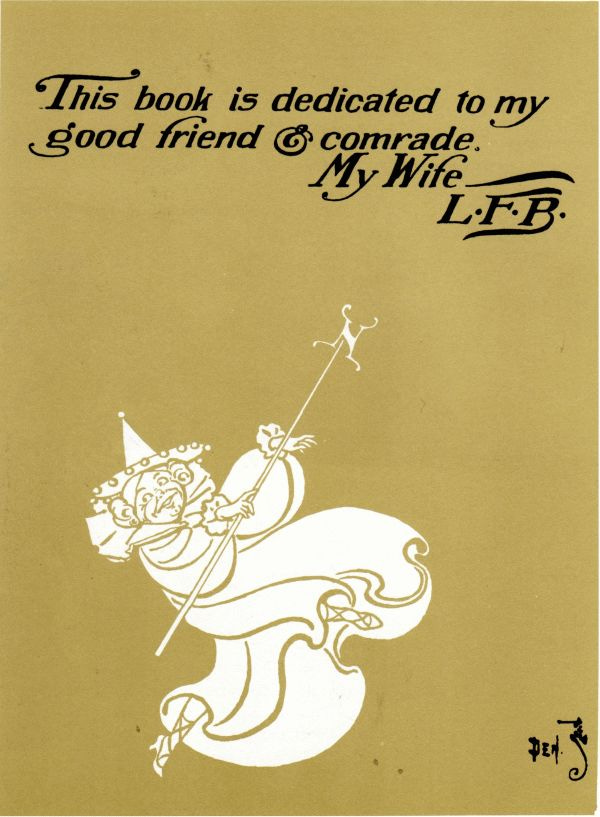It all comes down to who you know. That’s who influences you. And L. Frank Baum knew some pretty incredible women.
In 1900 Baum published The Wonderful Wizard of Oz. An overnight hit then, it remains a beloved tale today.
While Baum himself described his book as a modern fairy tale that existed simply for the enjoyment of children, readers have picked up on some metaphors.
To name a few:
The tin woodman without a heart = heartless industrialists
The cowardly lion = spineless politicians
The scarecrow without a brain = uneducated farmers
The yellow brick road, with its unevenness and ravines = the precariousness of the gold standard.
But what about the witches?
In 1900, women could not vote, own land, have bank accounts, or even publicly physically exert themselves. How did four unmarried, autonomous witches that lived in castles and governed populations make it into a book written by a dude? Or a mouse queen with constituents capable of relocating a mighty, sleeping lion? Or what about the uniformed female guards that stand outside the castle of Glinda the Good?
To answer that, you’d have to understand the crowd L. Frank Baum ran with.
I’ll start with his wife, Maud.
Baum met Maud through his cousin, Josephine, at a Christmas party. The girls were roommates at Cornell.
The same Cornell where Susan B. Anthony spoke on woman’s right to higher education.
Cornell was a progressive haven, admitting women and people of color even in the 1800s. It’s safe to say its female matriculators were not fainting daisies.
But it wasn’t just his feminist wife and cousin that influenced the women in Baum’s books.
He married into one of the premier powerhouse women’s rights families on the east coast (and yes, Elizabeth Cady Stanton was at the wedding). Here’s a little bit about his mother-in-law, Matilda Joslyn Gage:
co-founded the National Woman’s Suffrage Association
spoke at the National Woman’s Rights Convention in Syracuse, NY
is the Matilda for which the Matilda Effect (the systematic denial of recognition for women’s contributions and achievements, particularly in science) is named
founded the Women’s National Liberal Union, the first organization in the US aimed at separating Church and State to keep the church’s maltreatment of women out of government policies
was famously referred to as “the woman who was ahead of the women who were ahead of their time.”
Matilda was outspoken and radical, publicly criticizing witch hunts and trials as oppression towards women. Her interest in the history of witchcraft in America led to her publishing a book, Woman, Church and State.
Is it any wonder the powerful women in Baum’s books, both good and evil, were witches?
What do you think the holidays were like in this family? Something tells me the women weren’t silently washing up while the men smoked cigars and drank brandy without those feeble-minded ladies getting in the way.
Baum wrote female characters that were complex and wounded and capable because he surrounded himself with living examples.
I can hear Matilda’s voice when Glinda tells Dorothy, “in civilized countries I believe there are no witches left.”
Perhaps Matilda’s tireless work in abolition, and frustration watching the end of Reconstruction and the onset of Jim Crow laws, caused Baum to write two of the witches “wicked” for enslaving the people in their kingdoms.
Maybe Josephine insisted Glinda and the munchkins presume Dorothy was a noble sorceress, rather than a hapless child at the whim of a tornado, when she first appeared, challenging young readers to consider a woman’s agency.
Maud’s impact on the story continued long after her husband’s death. Some twenty years later, she served as a producer in the movie production of The Wizard of Oz.
Their impact carried on through thirteen more books and beyond. You can still see their influence today in the popular Wicked, where characters utter “everyone deserves a chance to fly” and “I never wonder to see men wicked, but I often wonder to see them not ashamed.”
There are fourteen books in the “Oz” series and myriad fanfiction. Baum hit it out of the park.
He said he only intended the stories as whimsical children’s tales, but I think a little clue lies in the dedication. “This book is dedicated to my good friend & comrade. My Wife. - L.F. B.”







Yes! I’m writing about this as well. I agree that Gage and Stanton were huge influences! Frances Willard too. It’s a fascinating time period and so much fun to try and decode. Oz nerds unite!
I had no clue he had such powerful minds around him. You need to make this a series, I love it.